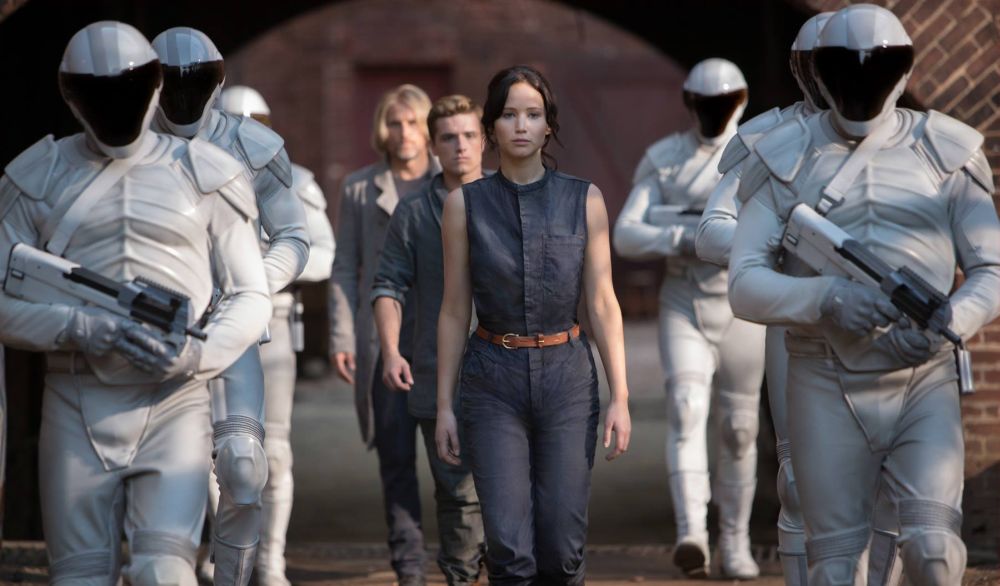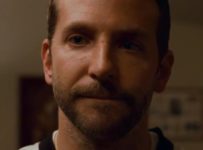Thrown into the jungle of post-summer blockbusters, one film must fight for survival in a hotbed of young adult entertainment. This is its story.
The first cinematic instalment of The Hunger Games saga, based on the young adult novels by Suzanne Collins, was a bit of a surprise. While it was easy to point to its forebears such as Battle Royale and notice the similarities, The Hunger Games momentarily elevated tween fiction out of the doldrums of self-loathing teenagers crushing on dirty old vampires. The second film takes things up a notch, following the hero Katniss (Jennifer Lawrence), who cleverly avoided her final fate in the 74th Hunger Games death match, saving her fellow 12th District competitor Peeta (Josh Hutcherson) in the process. Her act of rebellion has brought civil unrest in the strictly regimented districts, with President Snow (Donald Sutherland) threatening her family if she doesn’t play along for the cameras. He takes the opportunity of the 75th anniversary Quarter Quell to take the wind out of her sails, pitching past winners against each other and throwing her back into the games.
Where the first film trod cautiously around the implied commentary about the dangers of big government and the integration of semi-religious ceremony into policy, The Hunger Games: Catching Fire shoots straight for the centre of the target. Lawrence continues to shine in the lead, although is given a run for her money by new cast members Jena Malone, Jeffrey Wright, Amanda Plummer and in particular, the scheming Philip Seymour Hoffman as gameskeeper Plutarch Heavensbee. Screenwriters Simon Beaufoy and Michael Arndt take more time in the first act, allowing us a glimpse into what makes this world tick. It also gives Effie Trinket (Elizabeth Banks), a peacock in the first film, the opportunity to squeeze out a few emotional scenes between costume changes. The whole look of the film shifts too, under cinematographer Jo Willems and director Francis Lawrence (Water For Elephants), getting away from the wobble-cam of the previous entry and focusing on big special effects production numbers that mark this as a blockbuster entertainment package. Although the film becomes the difficult middle child of the series (even if the final chapter has been split in half), with a downer of a cliffhanger, it leaves the viewer (all puns intended) hungry for more.
Rating: ★★★½




